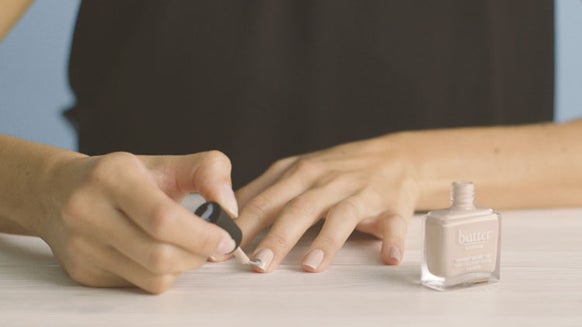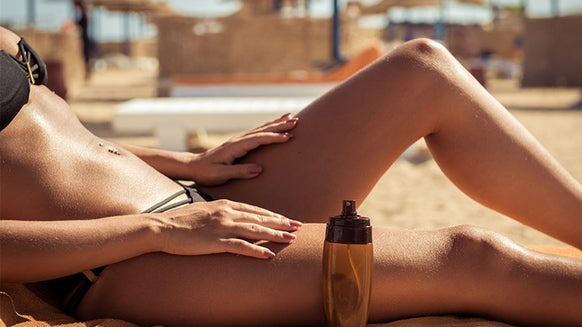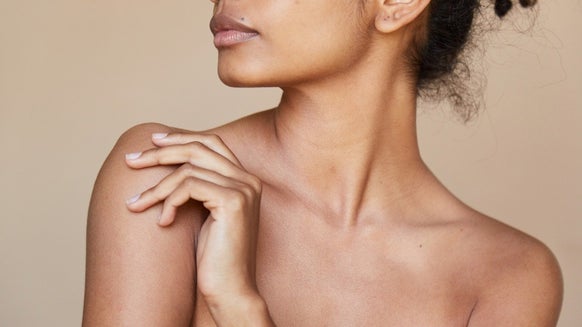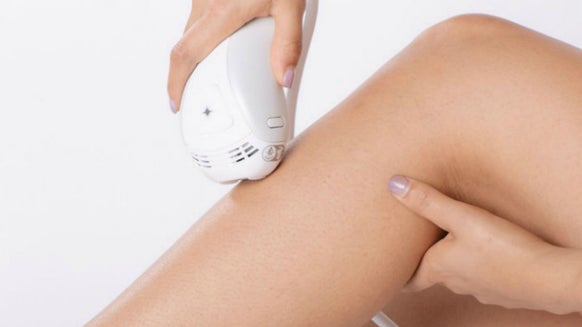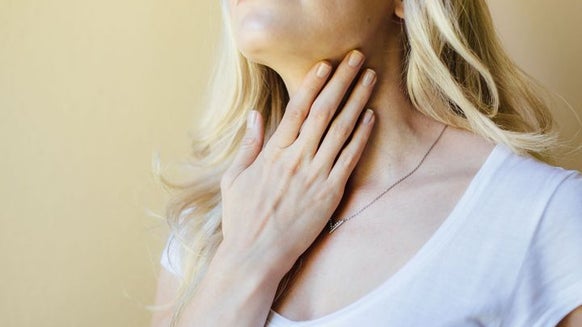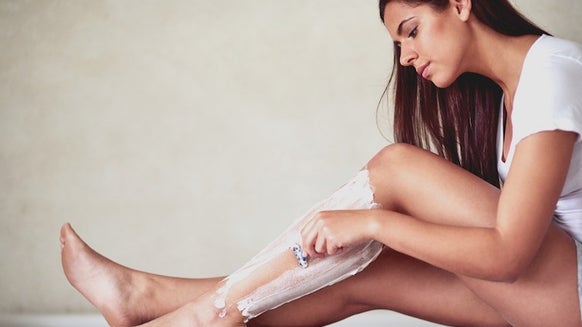10 Things You’ve Always Wanted to Know About Bikini Waxing (But Were Too Embarrassed to Ask)
Ingrown hair is most common among people with curly pubic hair and sensitive or reactive skin, like redheads or African-Americans. Those with olive skin are not quite as susceptible. Asians usually have softer hair and the least reactive skin. They also seem to get the longest-lasting results.
Yes, I am definitely a true believer and longtime lover of waxing over shaving—and not just because it’s been my career path. The main reason is that shaving simply cuts the hair off the top of the skin, which then sees the hair growing back in approximately one to three days. Razors, as sharp as they are, also irritate the skin, resulting in razor bumps along the bikini line. Waxing, on the other hand, removes the hair from the follicle. Hair produced from that follicle either weakens, dies after the first time or does nothing at all to the hair structure. From my experience, I see an average of 30% to 40% less hair returning just after the first time.
Sugaring is a method used for many years that originates in Egypt and the Middle East. It’s a very sticky substance made of sugar, lemon and honey. Once rolled on a body part, the hair gets tangled and pulled from the skin. I tend to see a lot of hair breaking before getting pulled out from the root, which is why, in my opinion, hard wax is better than sugaring. Hard wax is created with polymers that work like a shrink wrap, which clings to the hair better and closer to the root to prevent breakage.
Waxing is most effective and maintains the best results if done every four to six weeks. This allows the hair to fully regenerate. This is important to ensure smoother, longer-lasting results. Waxing too often can create more irritation and bumps, especially in the bikini region.
Sac & Crack™! This is our trademarked term for waxing the genitals of a male. This includes either the entire front pubic region along with the cheeks and crack area or just a portion of that—whichever look they prefer.
It’s possible. These areas tend to be more sensitive and reactive, which results in little white bumps or reddish, inflamed spots. Fortunately, there are post-wax creams and ointments that can absolutely prevent or assist with rapid skin recovery.
You can, but if the region is sore you may want to wait approximately 24 hours. For those who are extra-sensitive after a wax, we usually recommend post-wax ointments to reduce inflammation and soothe the skin.
If abnormal, longer-lasting redness, brownness or scabbing occurs to the skin after a wax, it could be because the skin was burned. It could be that the wax was too hot when applied or the waxer did not hold the skin taught enough (unfortunately, I have found through the years that there is very little to none waxing training in esthetcian school, let alone Brazilian wax training). Sometimes it’s not the waxer’s fault. A woman on her period is usually more prone to additional irritation or sensitive skin. Certain medications, sweat and sun damage can also contribute to your skin’s sensitivity.
If this happens, you can apply a post-wax ointment. If you don’t have one, try a Neosporin-type healing ointment. Apply multiple times daily directly on the burned or lifted skin. I always suggest slathering on a generous amount and covering with a bandage at night. Do not use lotions in that area until it heals, and do not pick at the skin. Also, use a mild cleanser or wash in that area.
I am a firm believer of taking all the hair off in our pubic region, especially for women. I believe having hair there actually breeds more bacteria instead of keeping it out. Maybe this was true years ago, back in the day when we didn’t shower daily and perform all the umpteen grooming tasks we do today (plus, it provided extra warmth). I believe it should be part of our grooming routines to remove it.
There are some helpful tips to alleviate or reduce some of the pain associated with waxing procedures. We have a 5% lidocaine numbing cream available to apply 30 to 45 minutes prior to your appointment. I usually suggest making sure the cream gets through the hair and applied onto the skin for best results. Then, we apply a piece of Saran Wrap over each side of the bikini area. This creates an occlusive and forces the product deeper down in the skin, allowing for better numbing results.

From the latest hair and makeup trends to the best solutions for your skin issues, we've got all your beauty concerns covered!
